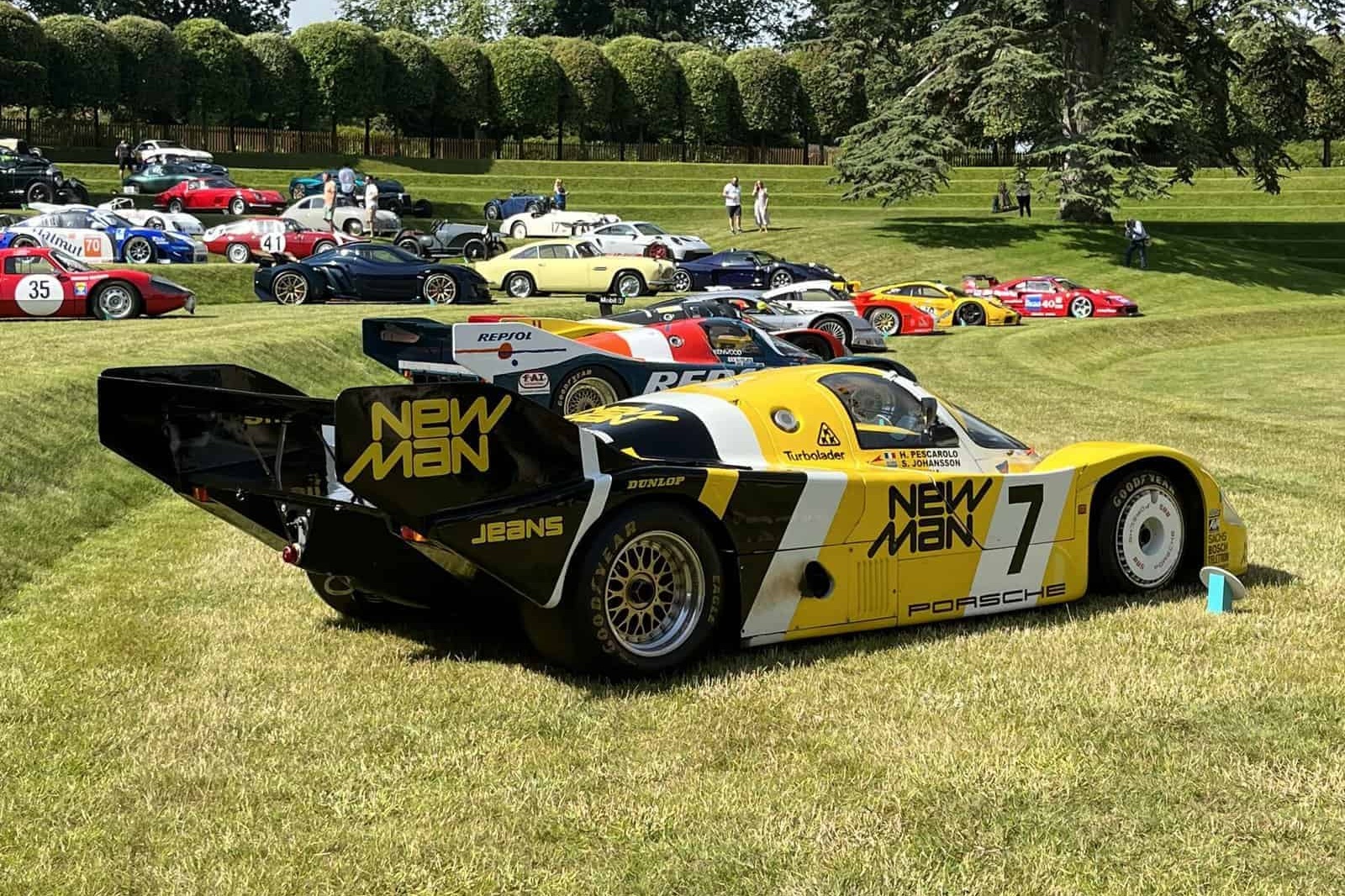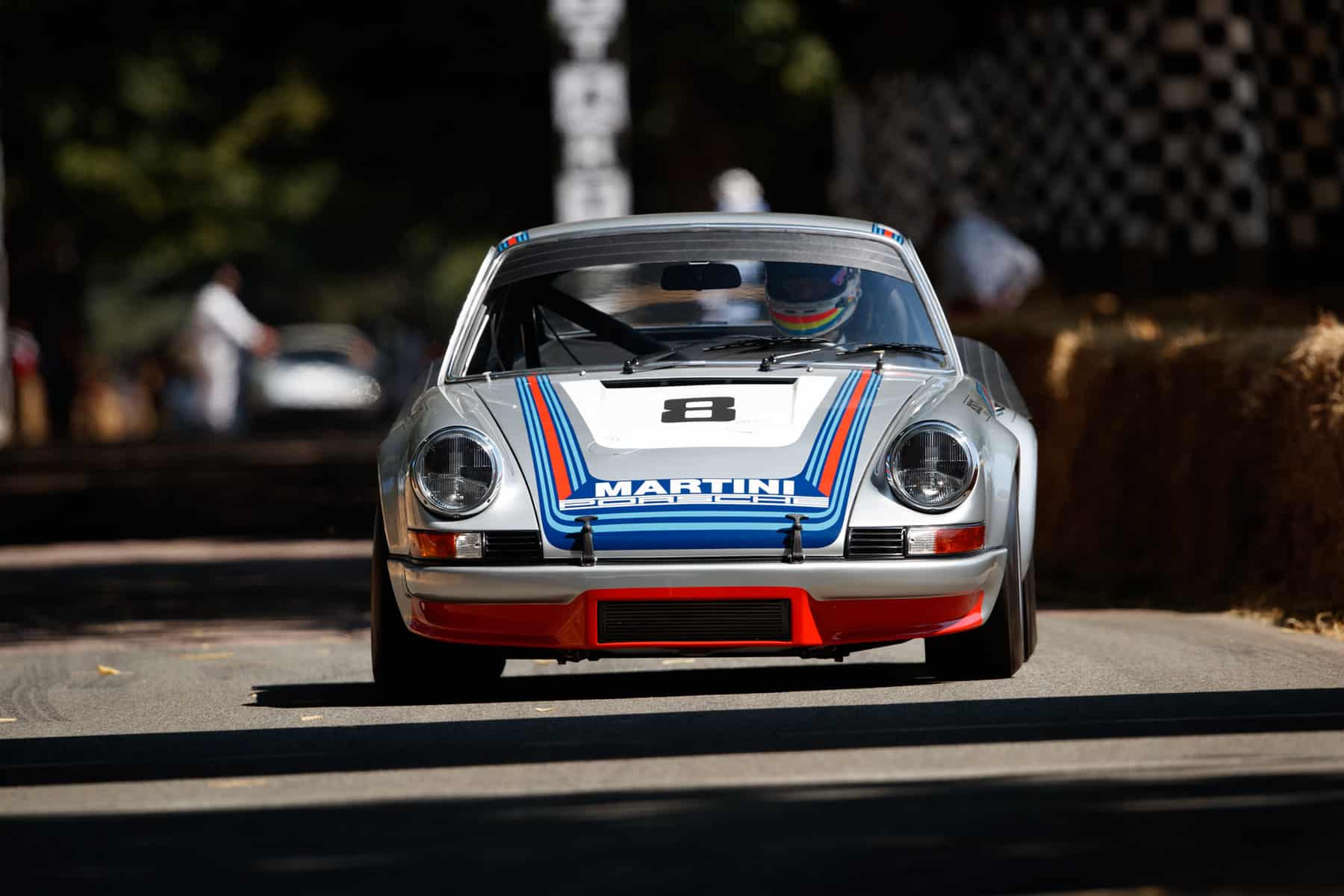Tatra T77
The brilliant and influential Czech wonder
WORDS & IMAGES BY: WOUTER MELISSEN
Czechoslovakian manufacturer Tatra took great pride in producing sophisticated and highly advanced luxury cars. During the 1920s, the company pioneered the backbone chassis and then during the early 1930s developed what is generally considered the very first aerodynamic production road car.
Known as the Tatra Type 77 or T77, it was engineered by Hans Ledwinka, his son Erich, and Erich Überlacker, who received help from Zeppelin designer Paul Jaray for the groundbreaking exterior design. A brilliant car in its own right, the T77 also turned out to be hugely influential.
Introduced at the 1934 Prague Auto Salon, the T77 was the ultimate development of the experimental V570 of which the first example was produced in 1931. This was based on the backbone chassis created by Hans Ledwinka in the early 1920s. A fundamental change was the relocation of the engine to the very tail of the chassis; the air-cooled, two-cylinder unit was mounted behind the rear axle. This freed up considerable space in the passenger compartment, as there no longer was a need to run a propellor shaft from the engine to the rear axle. The result was a car that was considerably lower than its contemporaries. The exterior design of the first example did not yet benefit from Jaray’s input but was already well ahead of its time and, for example, did not feature running boards.
The experimental work continued before another prototype was assembled in 1933. Mechanically similar to the first, the second V570 was fitted with an aerodynamic body. Intended to reduce drag, the new coachwork was far more curvaceous, with a shape that was reminiscent of a water droplet. As the car used an air-cooled engine, mounted in the back, there was no need for a radiator opening. This allowed for very clean lines at the front. The headlights were installed nearly flush in the curved bodywork. There were again no running boards. Underneath the swooping roof, the second V570 could fit four people. Despite the relatively modest 854cc engine, the aerodynamic V570 could easily achieve speeds of over 80 km/h.
Due to the sales success of the conventional Tatra T57, the Tatra management board ultimately decided not to produce the compact, aerodynamic machine. The prototype had not gone unnoticed, and one Adolf Hitler even tried the aerodynamic V570 during a visit to Czechoslovakia. He reportedly conveyed his appreciation for the small “people’s car” to Dr Ferdinand Porsche. The resemblance with the Volkswagen Type 1 Beetle that was produced in Germany shortly thereafter was uncanny. Still a sensitive issue, the matter was eventually settled in 1965 with Volkswagen paying Tatra one million Deutsche Marks. The prototype itself was sold and used on the road for thirty years before it was reacquired by Tatra and is today still part of the factory collection.
The V570 had also sown a seed within Tatra, and it was decided to use its principal attributes for a new luxury car: the T77. It was built on a platform chassis, which used a pressed box-section steel backbone as its core. The rigid backbone forked at the rear to house the engine and gearbox. At the time, independent suspension was reserved mainly for competition cars, but Ledwinka had already equipped his pioneering backbone chassis accordingly. This was carried over for the T77, with the front consisting of twin transverse leaf springs and the rear end constructed from swing axles with a single transverse leaf spring. Hydraulically actuated drum brakes were fitted on all four corners.
A big proponent of air-cooled engines, Ledwinka created a new V8 engine to power the T77. Displacing just under 3.0 liters, it was a highly sophisticated engine constructed from lightweight aluminum and magnesium alloys. The V8 featured overhead valves and hemispherical combustion chambers. The valves were actuated by massive rockers that were operated directly by the single, centrally mounted camshaft. No pushrods were needed in this unusual but not unique setup. Fitted with a single carburetor, this single-overhead camshaft unit produced 60 hp at 3,500 rpm. The 90-degree V8 was mounted in unit with a four-speed gearbox and the rear axle. This monobloc was fitted in the fork of the chassis’ rigid backbone and could be removed relatively easily in one go for maintenance.
For the exterior design, the help of Paul Jaray was once again called in. After he had designed the mighty Zeppelins, the Vienna-born Hungarian engineer had established the Stromlinien Karosserie Gesellschaft or Streamline Coachwork Company in Switzerland in 1927. Using his experience working in wind tunnels, he set about defining a shape that would be much more aerodynamically efficient than the conventional designs, which usually featured tall radiators and upright windscreens. Jaray attempted to build a car of his own but also offered his designs to major manufacturers like Tatra under license. His other customers included Chrysler, Mercedes-Benz, and the Ford Motor Company.
To a large degree, the T77 used an enlarged version of the second V570’s exterior design. The round nose again had nearly flush mounted headlights. While the front fenders were still separate, the ones at the rear were completely integrated with the main bodywork. Like the V570, the T77 featured no running boards. Jaray’s original design had a split, curved windshield, which proved impossible to manufacturer. Instead, the first T77s used a split, windscreen with flat panels at an angle. On later models a three-piece windshield was fitted with one large center section and two small panels at the A-pillars. The swooping engine cover was fitted with a very distinct dorsal fin.
With a reported drag coefficient figure (Cd) as low as 0.245 for the 1:5 scale model, Jaray’s design was certainly very aerodynamically efficient. By comparison, a conventionally bodied car during the 1930s usually had a Cd of well over 0.5. For the full-size design, compromises had to be made, primarily to ensure that the big V8 received enough air to get it properly cooled. This meant adding scoops and vents that protruded into the airflow. After extensive testing, the design team settled on a large opening between the roof and the leading edge of the engine cover through which cold air could enter the engine bay and run over the oil coolers. The hot air then exited through two rows of vents placed in the engine cover, on either side of the fin.
Built in-house and by hand, the T77 was finished to the very highest standards. The interior was very luxuriously appointed and could seat five adults in great comfort. Among the options was a full-length sunroof. Some T77s were fitted with central steering, which allowed a passenger to sit on either side of the driver. Although available to customers, the T77 was effectively still a prototype and during the production run that started in the fall of 1933, subtle changes were made. An area of particular attention was the location of the headlights, which differed from car to car.
Shortly after the T77 had debuted in Prague, it was also shown at the Berlin and Paris motor shows to an international audience. Some doubted the performance claims of the avant garde machine, so demonstration rides were scheduled. During these, the T77 could easily reach its claimed top speed of 140 km/h despite the relatively modest output of the 3.0-liter V8. This underlined that the slippery shape was a real attribute, and many other manufacturers fast-tracked their aerodynamic designs. One T77 was also raced in the 1000 Czechoslovak Miles race for production-based touring cars. It finished fourth overall in the particularly grueling event held on public roads.
Ledwinka was not quite satisfied and after the first run of a hundred examples was completed, in 1936, he introduced the T77A. It boasted a slightly longer wheelbase, which allowed up to six adults to travel in great comfort in the fastback limousine. The engine was enlarged to 3.4 liters by increasing the bore with 5 millimeters. This resulted in a 10-horsepower hike in performance. The later T77A can easily be distinguished by its triple headlights. The two main lights were moved outward to the front fenders and a third, centrally mounted light was added. A further 154 T77As were produced between 1936 and 1938. There had also been talks to have the sophisticated Tatra built under license in Germany, France, and England to avoid hefty tariffs but ultimately nothing came of this.
Ledwinka and Überlacker had learned valuable lessons during the production run of the T77 and T77A. These were incorporated in the 3.0-liter V8-engined T87 and the flat-four powered T97. Both models were introduced in 1936 and were constructed in far larger numbers on a proper industrial production line. The rear-engine layout and distinct aerodynamic shape remained a Tatra staple for many years to come. Known as the 700, the last Tatra production car was built in 1999 and still had an air-cooled V8 engine, mounted behind the rear axle.
With only 255 examples built in period, the T77 and T77A were already rare when they were new. Most were sold in Czechoslovakia and preserving cars that were undoubtedly difficult to maintain after the war and prone to rust was certainly not a priority during the subsequent decades. As a result, as few as twenty of these pioneering machines have survived. They are now highly sought after and, in 2019, Gooding sold a beautifully restored T77A at auction for $412,000. This has made resurrecting the long-abandoned wrecks that no doubt still exist in the Czech Republic a much more viable proposition. There are now specialist companies that can reconstruct complete cars around the B-pillar, which is made from a casting that does not suffer from rust. It is certainly a welcome development as it allows for more people to admire 1934’s car of the future in person.


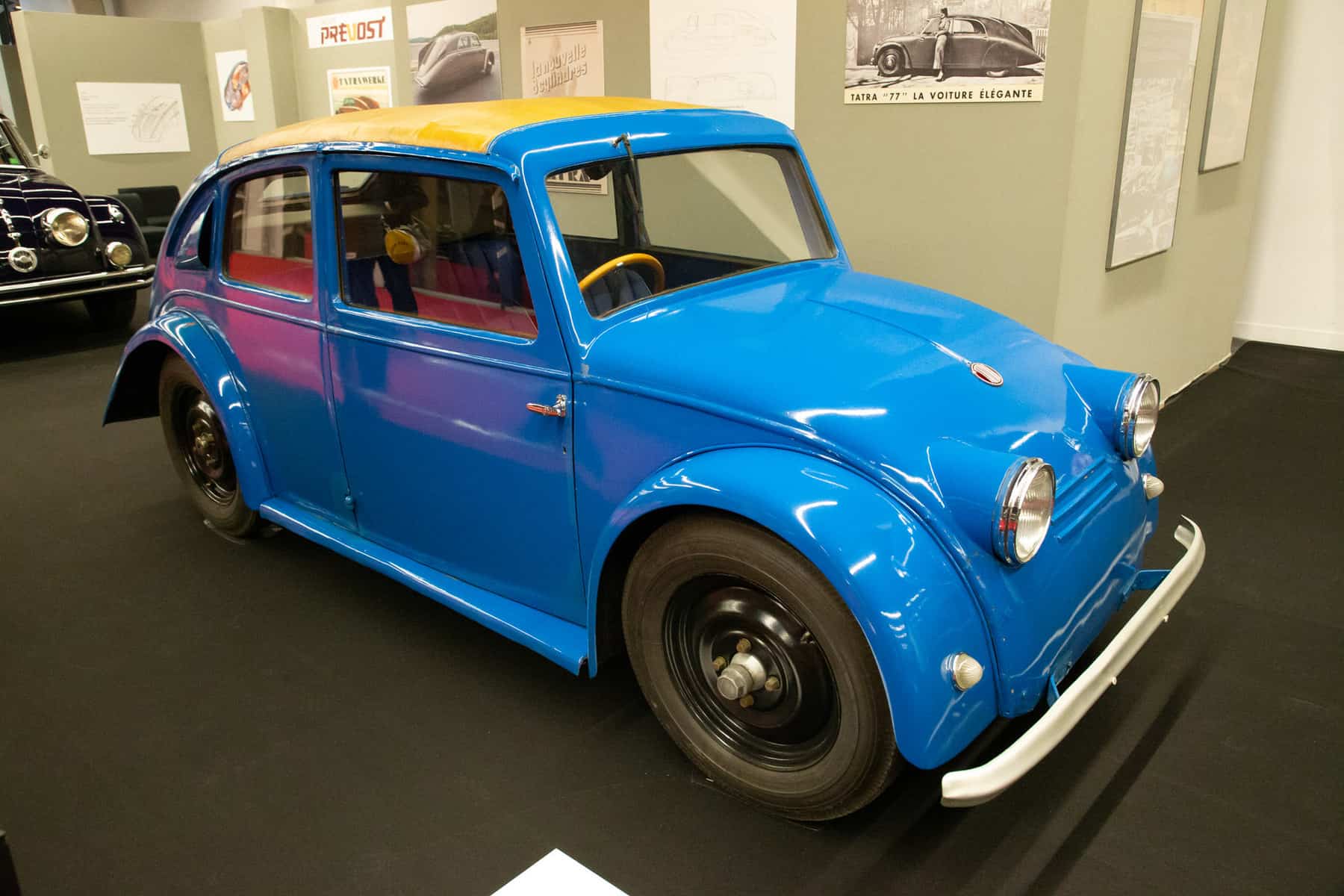
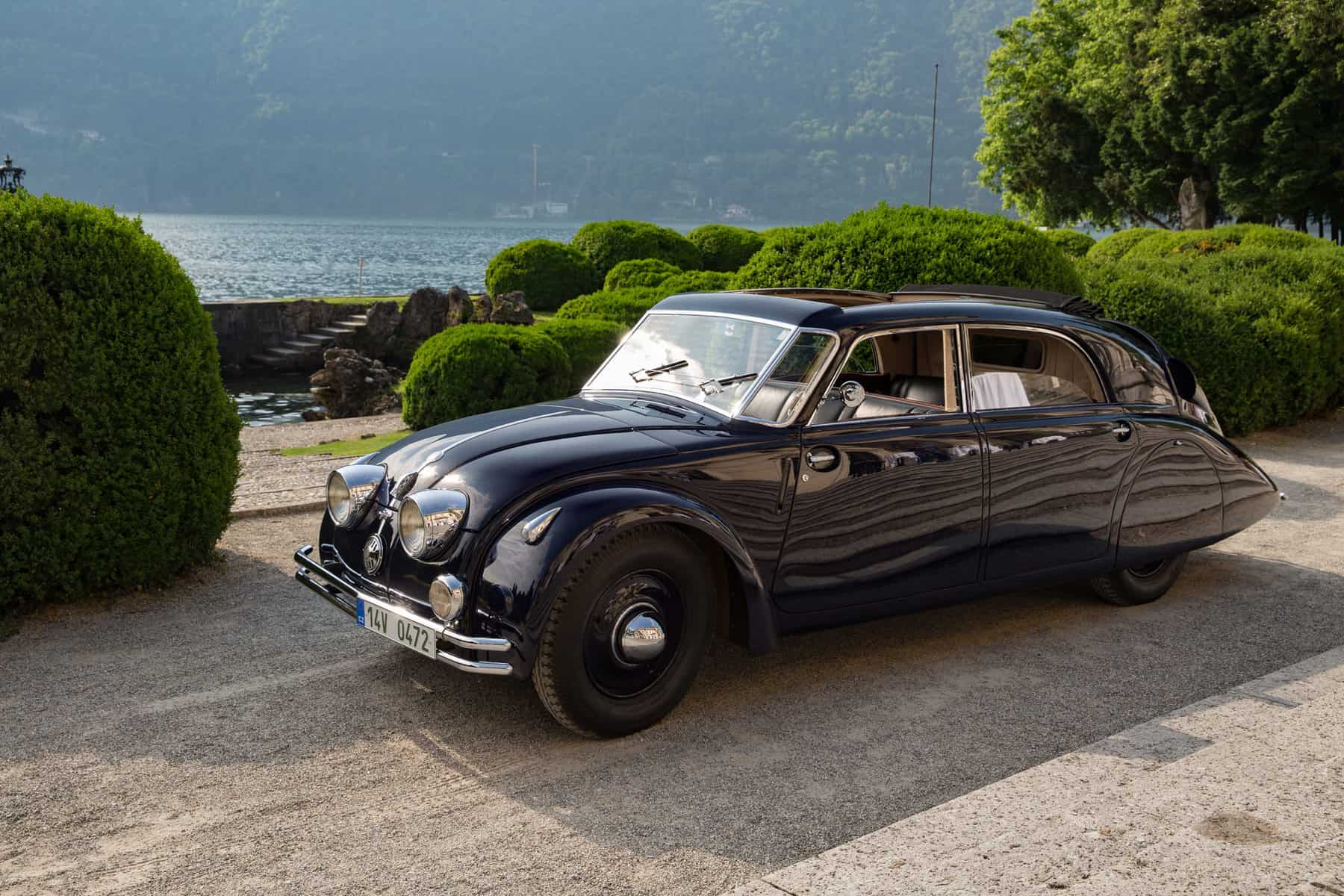
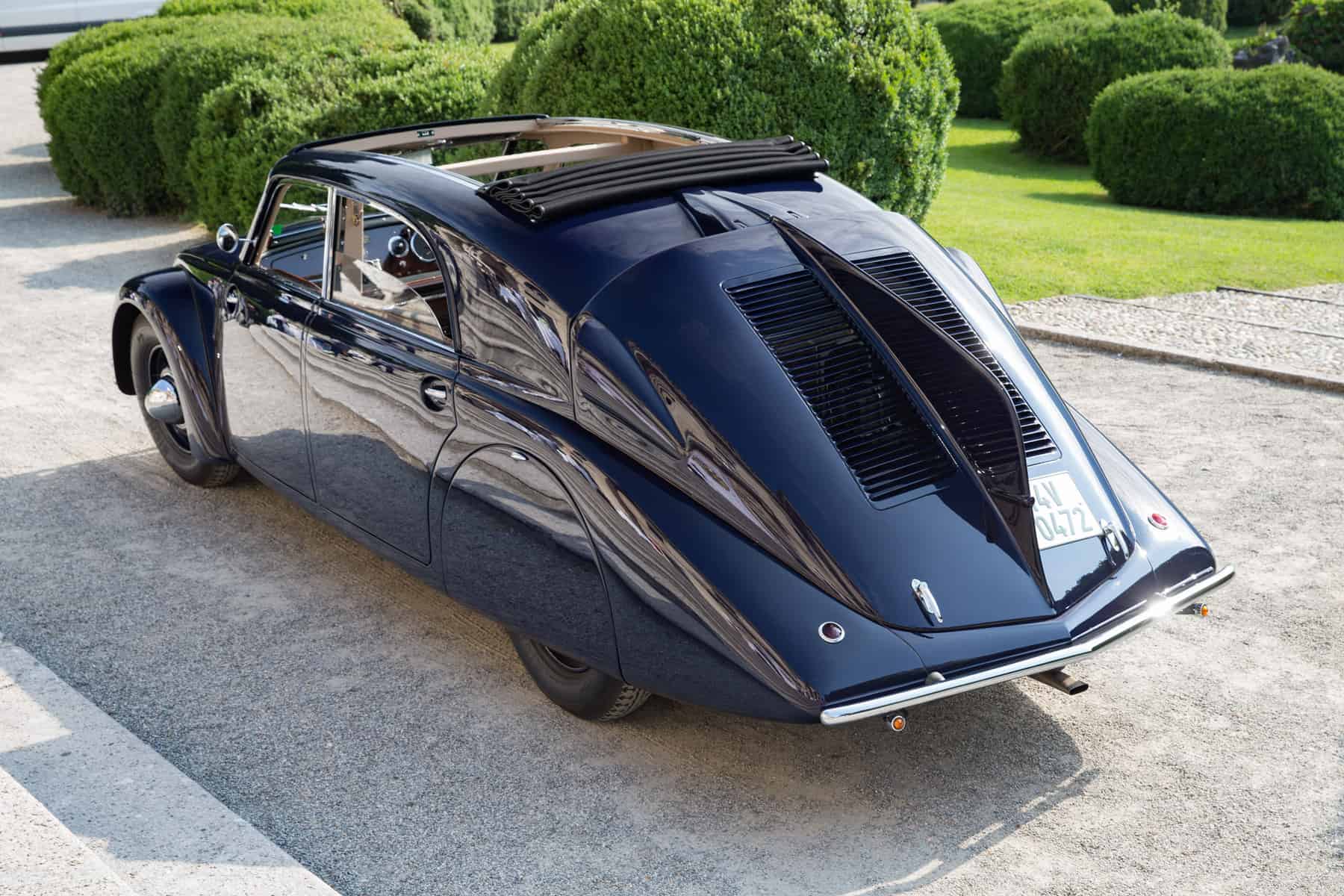

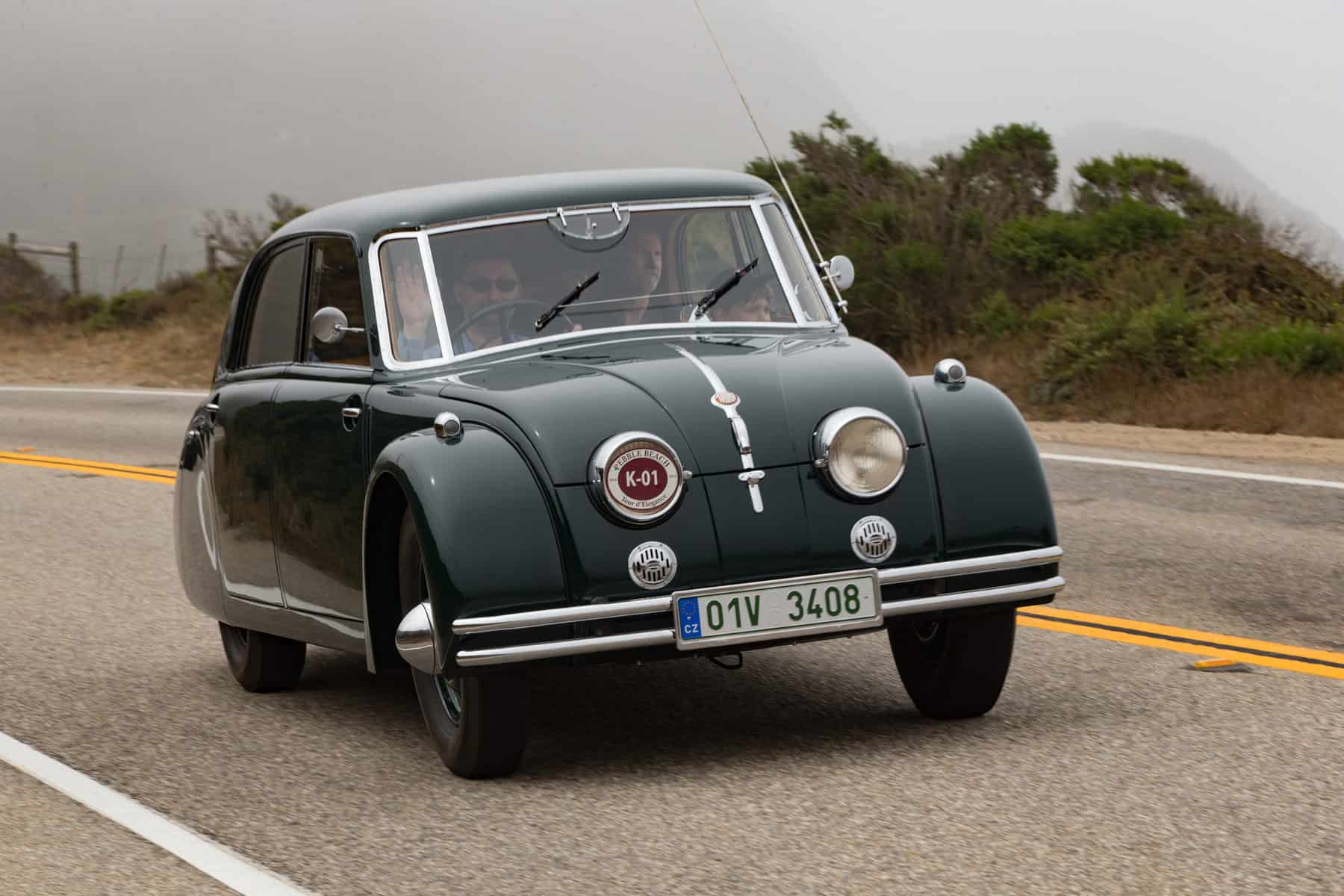



![alfa gtz perfectly imperfect webannerl[1]](https://automedia.revsinstitute.org/wp-content/uploads/2024/08/Alfa-GTZ-Perfectly-Imperfect-webannerl1-uai-1200x800.jpg)
